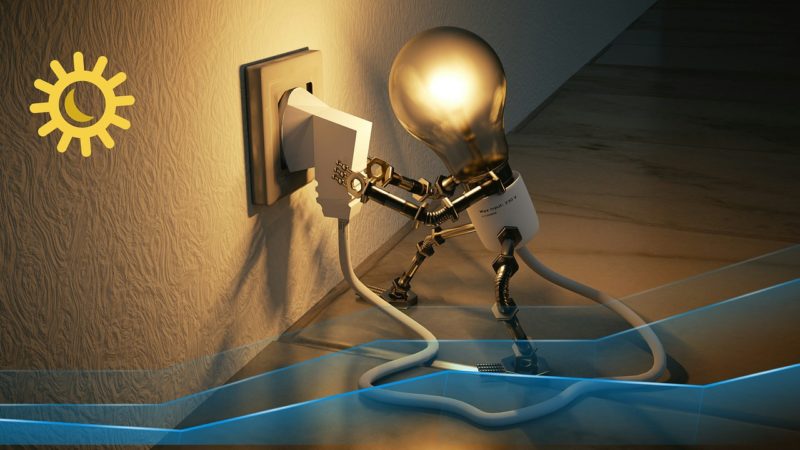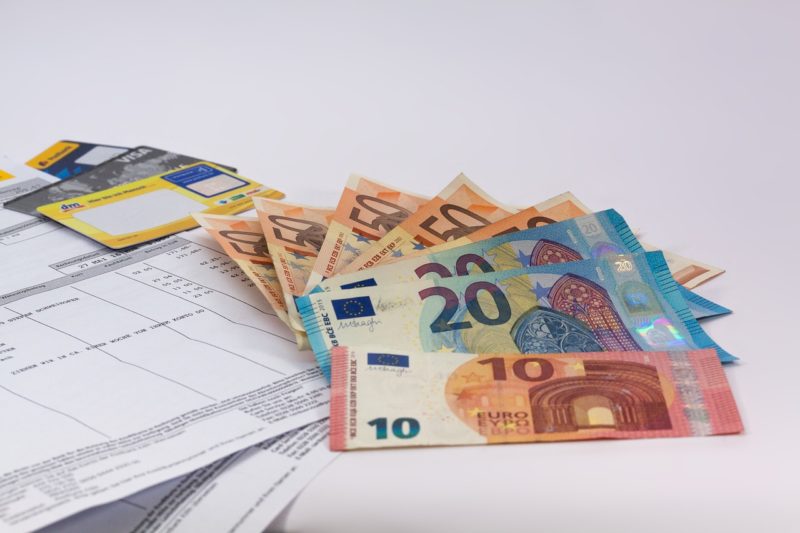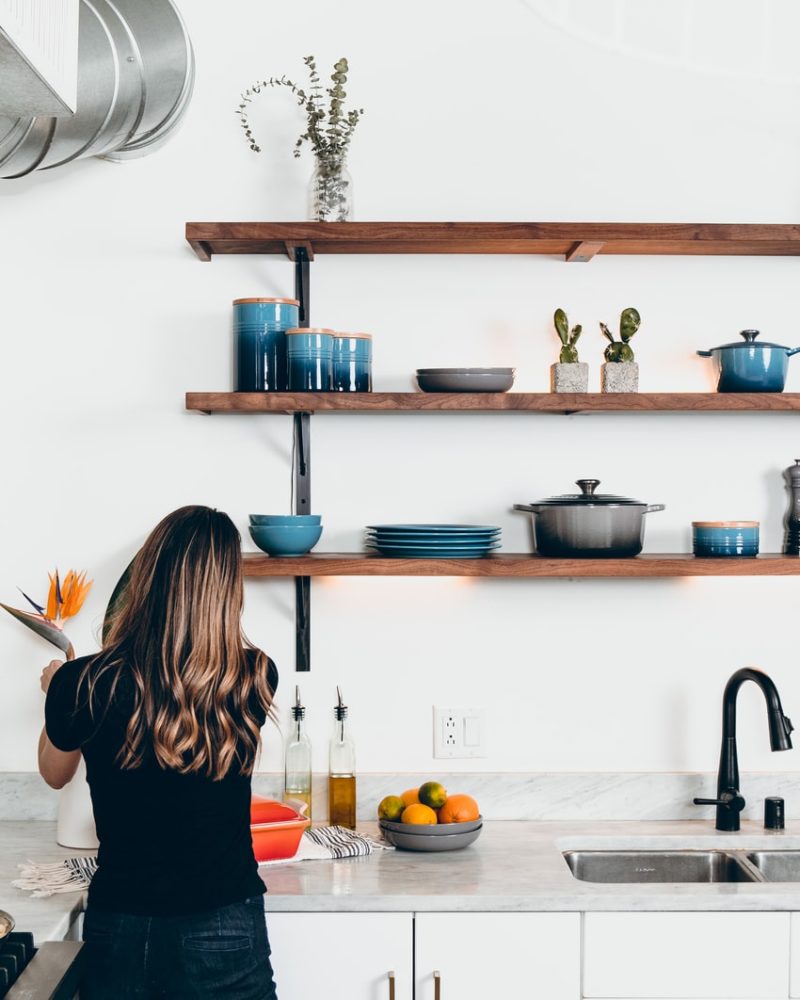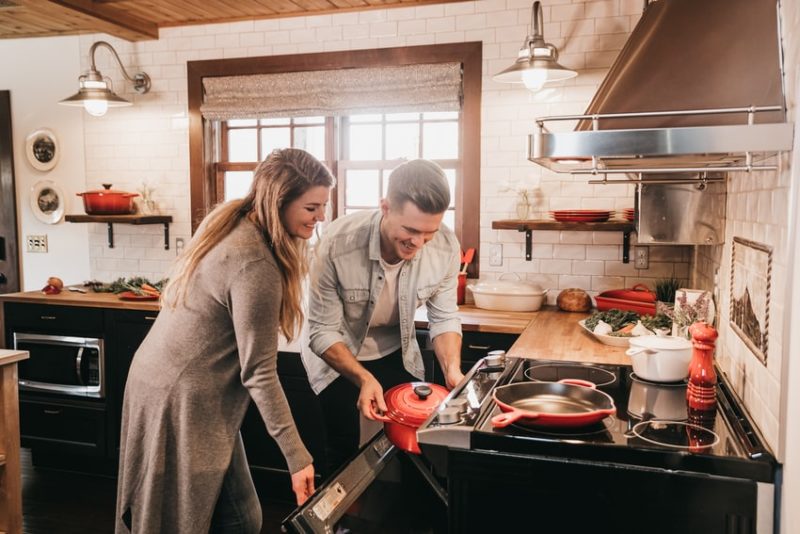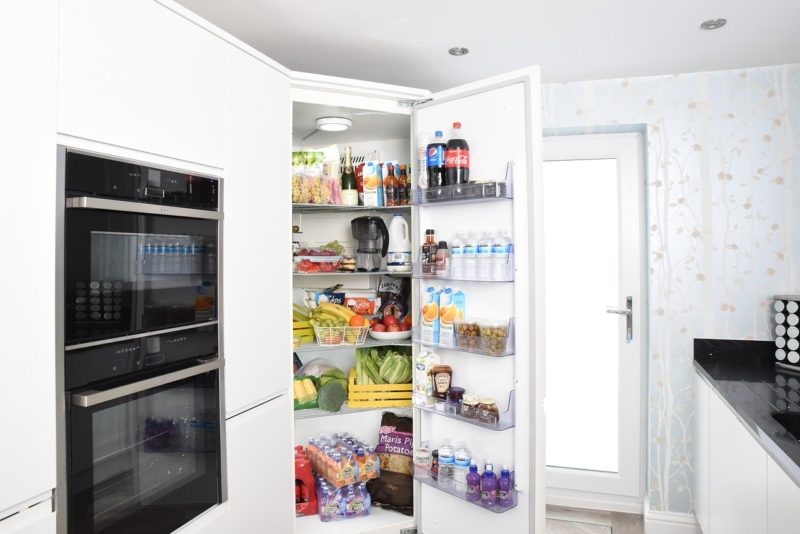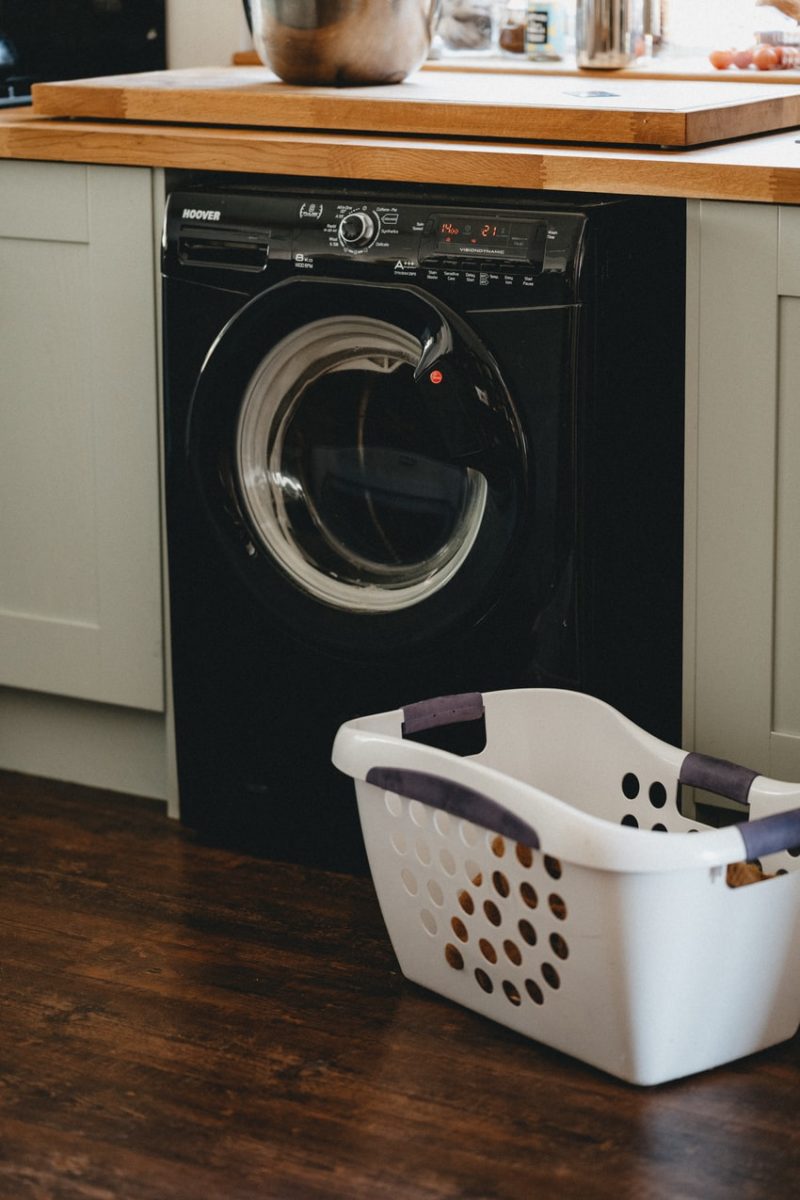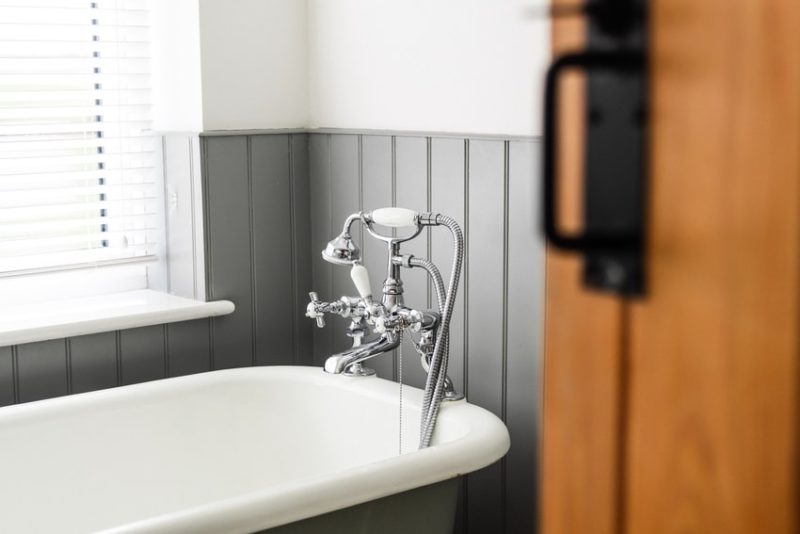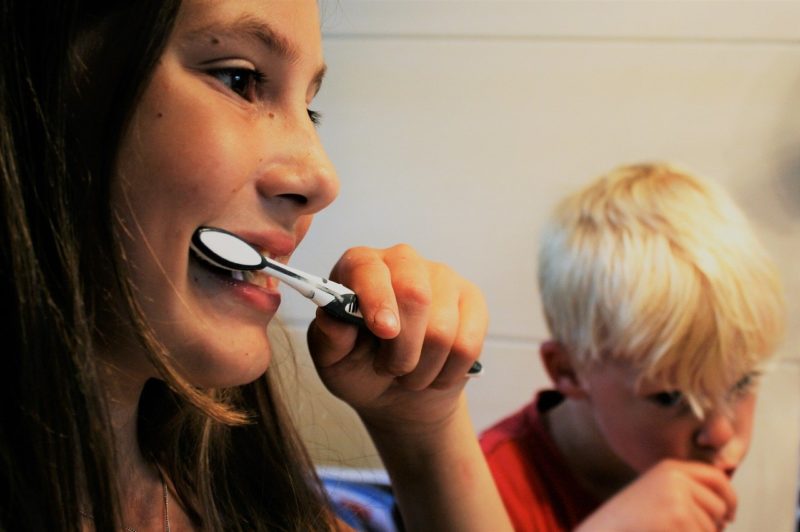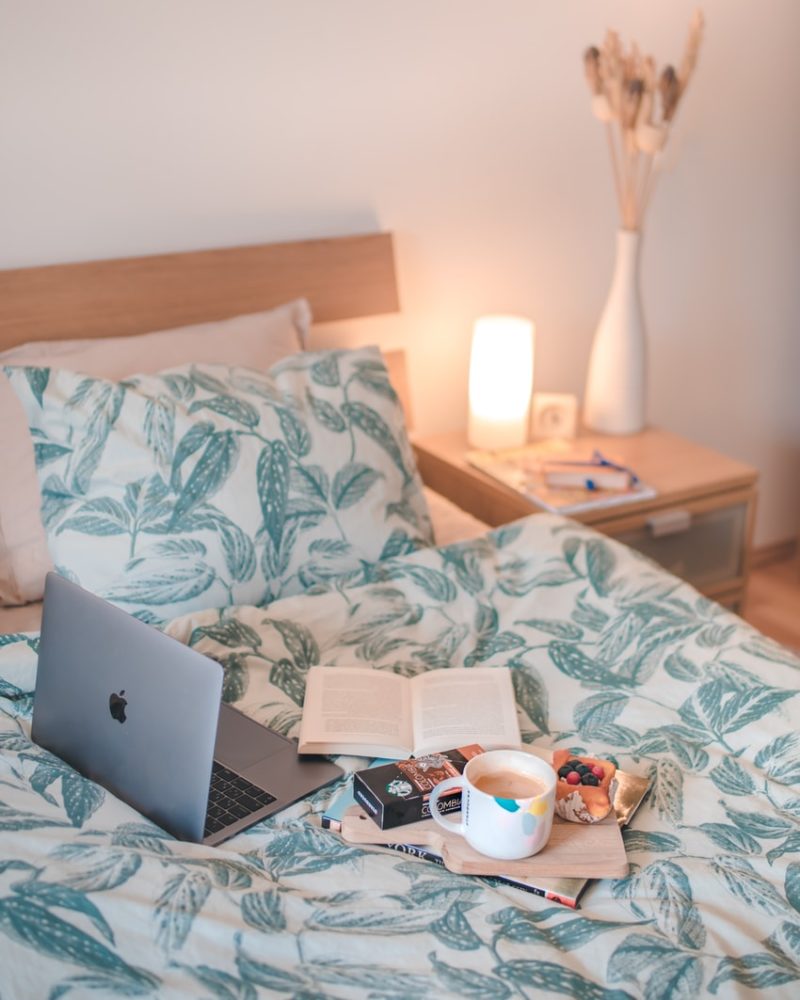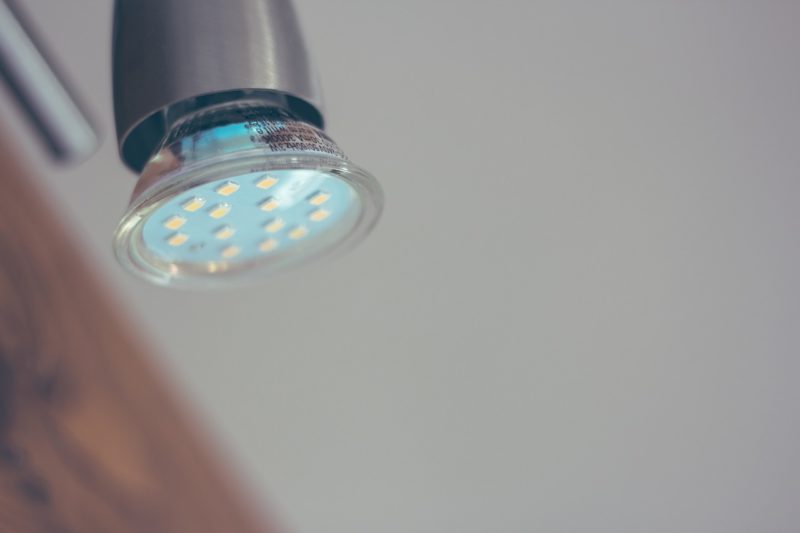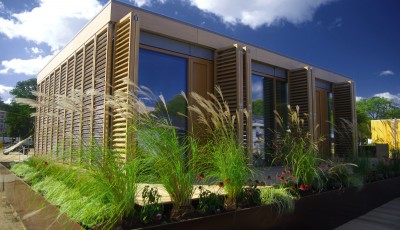9 Clever Ways To Save Energy In Every Room Of Your House
We all love the days, when we have nowhere to be, no one to see and we can stay at home in our comfy pajamas all day, FOMO (fear of missing out) be damned. According to one study, 1 in 4 Americans is happy to spend the whole day around the house.
As a result, many of us are always on a lookout for ways to save money on the household utility bills, without having to make major sacrifices in the comfort department. Can it be done? Of course. Does it require investing a chunk of money in converting your home into a smart super hub? Not necessarily.
The good news is that there are number of clever ways to reduce your energy usage in every room of your house, with virtually no impact on your lifestyle. The bonus? You’ll be helping the environment too.
Depending on what energy sources does your state produce, your day-to-day energy needs will be powered by either renewable or non-renewable energy. If your household runs on non-renewable sources, practicing energy-efficiency will have a positive effect on reducing the overall greenhouse emissions.
Ready to become the energy-efficient ninja of your household? Let’s dive in.
The Kitchen
Stop pre-rinsing
This little nugget of information might save you a chunk of time and money – here it goes. Most of the newer model dishwashers are already designed to break down food particles from dishes, so there is no need to pre-rinse them. Your dishes will be sparkling clean regardless and you will save up to 6000 gallons of water.
Turn off the oven
If you turn the oven off about 5 – 10 minutes before the meal is done cooking, the leftover heat will easily finish the job for you. If you use your oven approximately twice a day, this can result in annual savings of up to $80.
Adjust your refrigerator thermostat
Your refrigerator is one of the biggest consumers of energy in your home (it of course makes up for it by keeping our food nicely cold and fresh). However, if your thermostat is set on too cold, you might be paying an extra $22 per year. The optimal setting for your appliance is 2.5 – 4.5 degrees Celsius for your fridge and -18 to -15 degrees Celsius for your freezer.
Bathroom
Wash your clothes on cold
Did you know that almost 75% of the energy required for a load of laundry goes into heating the water? Cold wash can not only save you at least $60 annually in utilities, but it’s good for your clothes too – it makes the colors last longer and clothes retain their size and shape. No brainer!
Insulate your water tank
Your uninsulated water tank loses 25%–45% energy while on standby. One of the clever and surprisingly cheap ways to save money and energy is buying a tank jacket or blanket from your hardware store (approx. $20) and watching this simple DIY guide to insulating your tank.
Be stingy with water
Alright, this on involves a little bit of sacrifice. But it’s worth it. According to research, 41% of hot water energy goes to waste. Imagine if you could save nearly half your water bill by:
- Turning off the tap while you brush your teeth or apply shampoo in your hair
- Taking quick showers instead of long baths
- Using the lowest water setting for your laundry load
- Not letting the water run continuously while washing dishes (opt instead for filling in the sink with hot soapy water)
Living Space / Bedroom
Surround yourself with plants
What do plants have to do with your electricity? Some indoor plants such as aloe vera, golden pothos and gerbera daisies release moisture in the air trapping in the heat. Your home will stay cooler during the hot summer days and you won’t have to turn on the air-conditioning. The eerie peace created by the jungle-like greenery will be just a bonus!
Unplug before bedtime
Get in a habit of unplugging appliances you are not using, or before you go to bed – be it lamps, laptops or a stereo. Even items that are turned off with a button still consume electricity and when added up, cost you a few extra dollars on your utility bill. Consider getting a smart power strip, which automatically shuts off electronics that are no longer in use.
Buy energy-efficient LED lightbulbs
When you need to buy new light bulbs, replace them with LEDs. You might be surprised to find out that LED light bulbs use 75% less energy, and last 25 times longer, than incandescent lighting. Translated into 30 lightbulbs in your home, you can save up to $200 in a year if you go all LEDs.
If you follow the above tips, you will soon see the fruits of your labor reflected in lower utility bills. In addition, you will make your favorite space more efficient and greener and therefore more comfortable to live in. And isn’t that the ultimate goal for all of us that belong to the “indoor generation”? Let us know your favorite tip in the comment section below!

